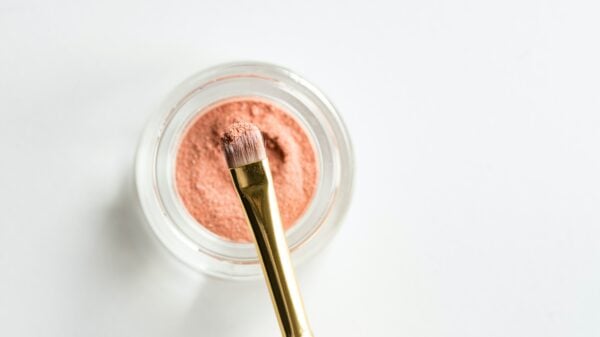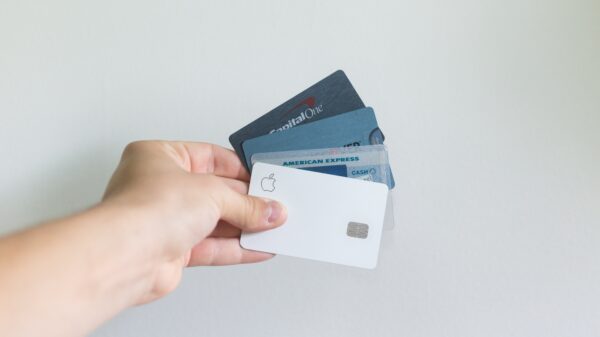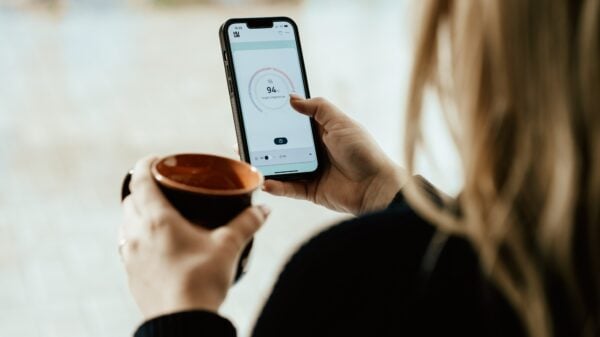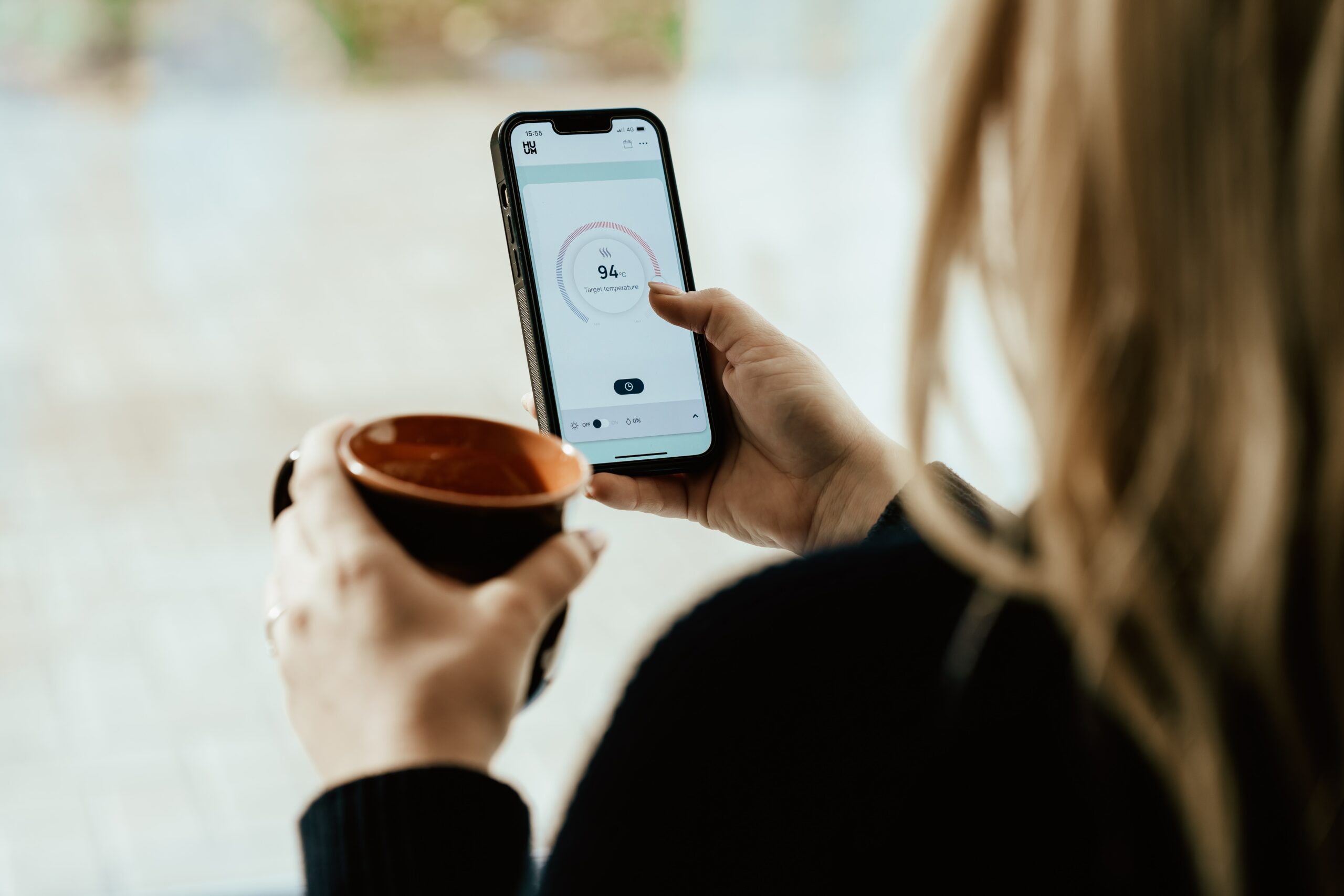Are you feeling overwhelmed by your screen time? Studies reveal that the average person spends over 7 hours a day looking at screens. This blog will guide you through a digital detox to reclaim your precious personal time away from devices.
Let’s find balance together!
What is a Digital Detox?
A digital detox is a period during which individuals voluntarily disconnect from their electronic devices, such as smartphones and computers, in order to reduce screen time and prioritize real-life interactions.
There are various reasons for doing a digital detox, including improving mental and physical health, breaking digital dependency, and fostering mindful technology use.
Definition
A digital detox means taking a break from all electronic devices like phones, computers, and TVs. You step away from screens to focus on real-life relationships and activities without tech distractions.
People do this to improve their mental and physical health, feel better, and enjoy life more.
They find that unplugging helps them manage screen time and reduces digital dependency. It’s about setting boundaries with devices to take care of yourself. Now think about why you might want to try it yourself.
Reasons for doing a digital detox
Doing a digital detox is important for your mental and physical health. Constant screen time can lead to problems like technology addiction, cognitive issues, and behavioral problems.
Taking a break from screens can help you prioritize real-life interactions, practice mindfulness, and find balance in your screen time. It allows you to recharge from screen overload and focus on offline activities that promote self-care and personal well-being.
By unplugging from technology, you can reduce digital dependency and reclaim your personal time from screens. This helps in managing screen addiction while balancing mental and physical health with the use of technology.
How to Do a Digital Detox
Start by setting clear goals for your digital detox and committing to a specific time frame. Seek support from friends, family, or online communities to help you stay accountable. Regularly assess your progress and consider making long-term changes to find balance in your screen time usage.
Setting goals
Setting clear and achievable goals for your digital detox is crucial. Start by assessing your current screen time and identifying areas where you want to make changes. Use specific and measurable targets, like reducing daily social media use or setting a limit on TV hours.
Make sure these goals align with your overall well-being, focusing on reallife relationships, mental health, and self-care over screen time. Prioritize quality time spent away from screens to recharge and practice mindfulness in real-world activities.
Next, consider creating a realistic timeline for achieving these goals while being mindful of any challenges that may arise along the way. Gathering support from friends or family can provide encouragement as you work towards finding balance in your technology usage.
Remember to prioritize progress over perfection and be open to making long-term changes towards a healthier relationship with technology.
Creating a time commitment
To create a time commitment for your digital detox, start by assessing how much screen time is currently taking up your day. Look at where you can cut back and set specific goals for reducing screen time each day.
Then, schedule activities that don’t involve screens to fill the time you’ve freed up. This could be exercising, reading a book, or spending quality time with loved ones. Setting aside dedicated screen-free times like during meals or an hour before bed can also help you stick to your commitment and find balance in your daily life.
By committing to specific changes in your daily routine and prioritizing non-screen activities, you can take important steps towards reclaiming personal time from screens and improving your overall well-being.
Gathering support
When embarking on a digital detox journey, it’s essential to gather support from friends and family. Let them know about your goals and why you’re doing a digital detox. Express your needs and boundaries regarding screen time to ensure their understanding and cooperation.
Seek out like-minded individuals who can offer encouragement, share experiences, and provide accountability throughout the process. Engaging in activities with supportive peers can help in reducing dependency on screens while fostering real-life connections.
By involving those around you in your digital detox efforts, you can create an environment that promotes mindfulness, balance, and overall well-being. This support network will strengthen your commitment to reducing screen time and encourage healthy habits that align with your personal goals for recharging from screen overload as part of your self-care routine.
Assessing progress
After gathering support, it’s important to assess your progress during the digital detox. Keep track of your screen time and how you feel physically and mentally. Note any changes in your sleep patterns, mood, and productivity.
Reflect on your real-life interactions and whether they’ve improved. Make adjustments as needed to stay motivated and achieve your goals.
Consider using screen time tracking apps or journals to monitor progress. Take note of any challenges or setbacks along the way and celebrate small victories to stay encouraged. Regularly check in with yourself to see if you’re meeting the commitments you set at the beginning of your digital detox journey.
Considering long-term changes
As you assess your progress and experience the benefits of a digital detox, it’s essential to consider long-term changes. You can prioritize real-life interactions, practice mindfulness, and strive for a balanced approach to screen time.
Finding ways to reduce digital dependency will contribute to improved mental and physical health, allowing you to focus on self-care and overall digital wellness. By setting screen time goals and gathering support, you can cultivate a mindful use of technology that aligns with your personal wellbeing.























































































